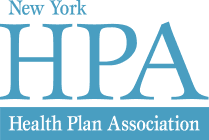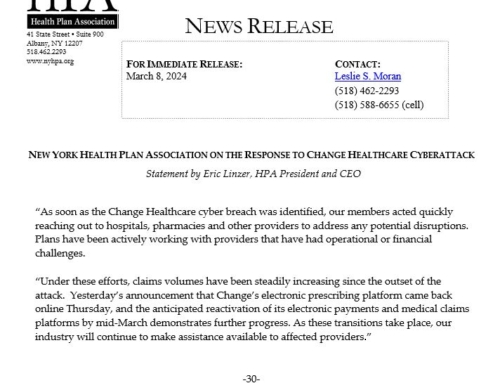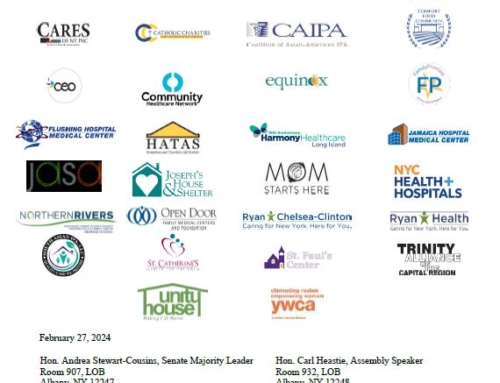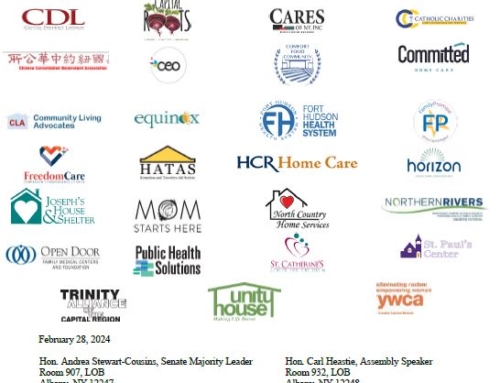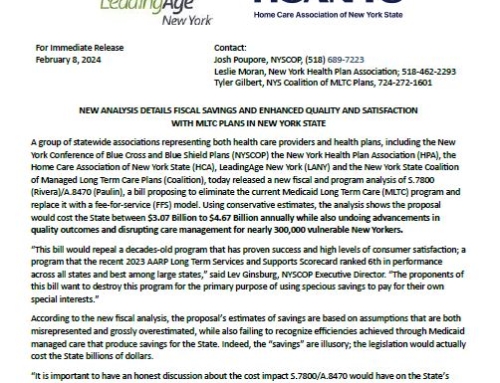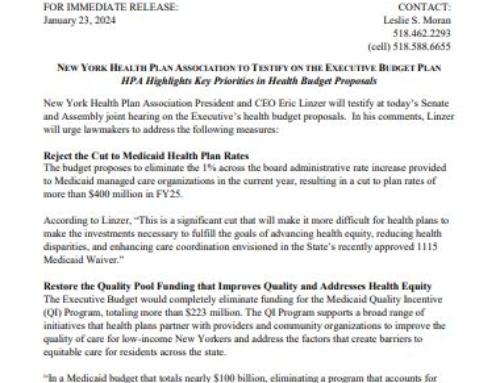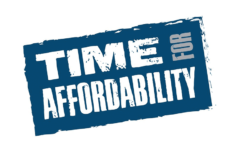 In a “Time for Affordability” letter to New York lawmakers, the New York Health Plan Association outlines ongoing concerns about rising health care costs and ideas for addressing affordability.
In a “Time for Affordability” letter to New York lawmakers, the New York Health Plan Association outlines ongoing concerns about rising health care costs and ideas for addressing affordability.
Dear Legislator:
The 2016 Legislative Session is underway and work on the 2016-2017 Budget is moving forward. As you work on these important tasks, the New York Health Plan Association (HPA) and its member plans look forward to working with you to continue the progress made in providing New Yorkers with access to health care. Evidence of this is the more than 2.7 million previously uninsured New Yorkers who now have coverage as a result of New York’s initiatives as part of the Affordable Care Act (ACA).
To continue this positive direction moving forward, New York must now address the issue of affordability in health care. While the ACA has made major strides in ensuring access to health care, as this landmark law heads towards its sixth anniversary we still haven’t done anything to address the cost of coverage. Recent data about health care costs released by the Centers for Medicare and Medicaid Services (CMS) illustrates the scope of this problem:
- U.S. heath care spending in 2014 topped three trillion dollars, a 5.3% jump from 2013.
- Spending on prescription drugs in 2014 increased 12.2%.
- Medicaid prescription drug expenditures grew 24.3% in 2014, up from a 4.2% growth in 2013, largely as a result of increased enrollment and spending for drugs that treat hepatitis C.
It is now time to “bend the cost curve,” as the ACA promised when it was adopted in 2010. Having fallen short of this goal to date, we call on you to work with us on the following efforts that seek to curb underlying health care costs and hereby, improve affordability overall:
- Reform of New York’s Rate Setting Process—In recent years the Department of Financial Services has used its authority to artificially suppress premium increases to “below the average increase in health care costs.” This practice threatens plans’ financial stability and, by extension, consumers’ access to care, as evidenced by the recent shutdown of Health Republic. The legislature must take a closer look at DFS’s unfettered power and impose legislative solutions to provide better oversight of the department.
- Taxes on Health Care—New Yorkers currently pay more than five billion dollars in health care taxes, from various Health Care Reform Act (HCRA) surcharges and assessments to other assorted levies such as premium taxes and taxes imposed by the ACA. Collectively, these taxes represent five percent of premium. A guaranty fund, such as that proposed by hospitals and providers in response to the Health Republic failure, would be nothing more than one more health care tax that would further harm consumers. Instead of proposals to increase or create new ones, rolling back New York’s already too high taxes will improve affordability.
- Health Care Cost Transparency—Because currently only health care premiums are subject to review and approval, consumers have little to no information about the actual cost of various health care components such as hospital or doctor charges and drug prices that ultimately determine premiums. Consumers need and deserve basic pricing information for health care services.
- Information on Quality—Along with cost information, consumers need the ability to measure provider quality, particularly as they continue to take a more active role in their health care choices. Health plans are measured, both nationally and at the state level, on quality of care and consumer satisfaction standards. However, little information is available on quality delivered by providers.
There’s a ripple effect to every action. Any efforts that threaten affordability also threaten access. We urge you to be mindful of the impact your actions have on the ability of New Yorkers to afford health coverage. Affordability must be the cornerstone of any health policy discussions in New York.
Working together we can help ensure New Yorkers have access to quality, affordable health care.
New York Health Plan Association
